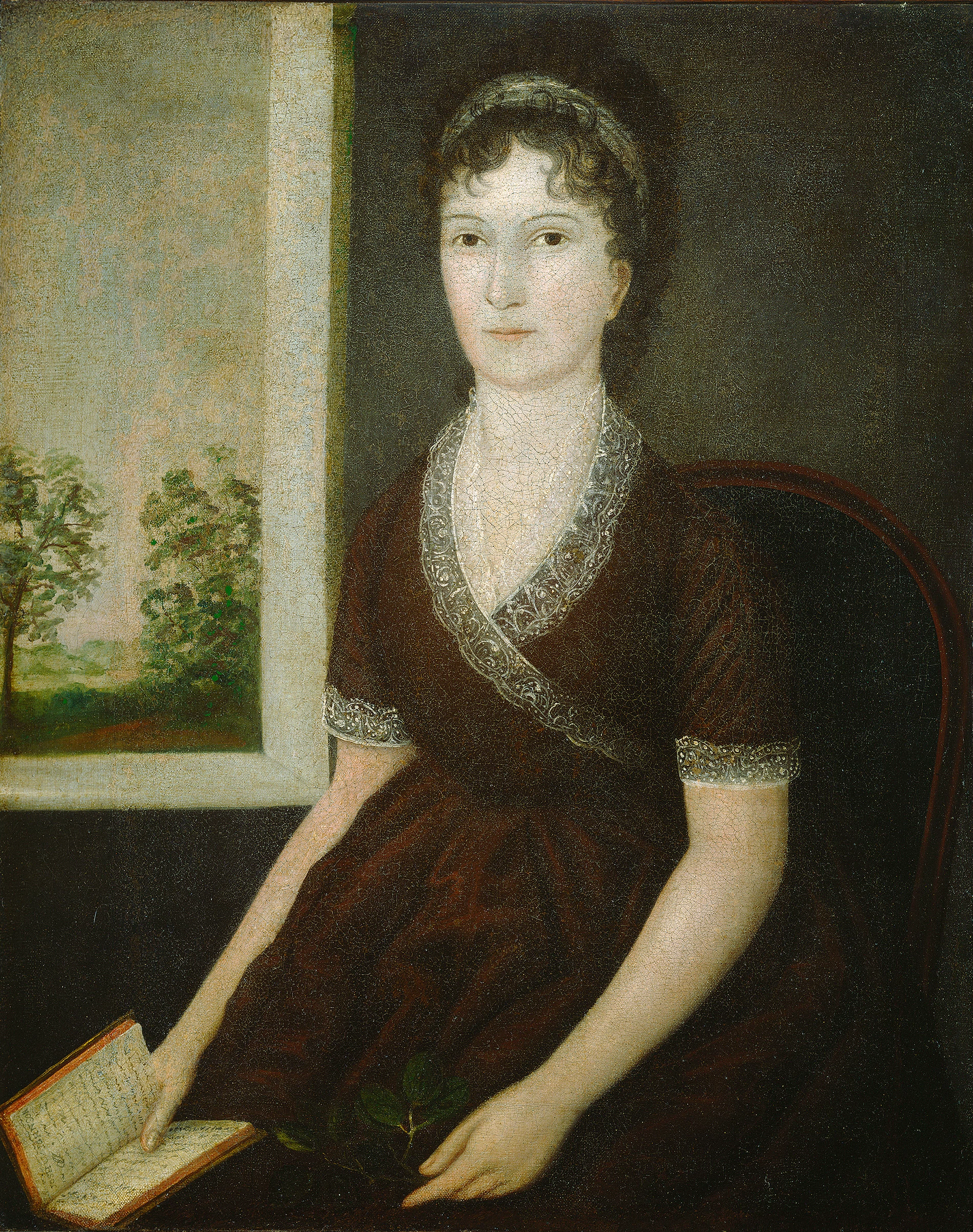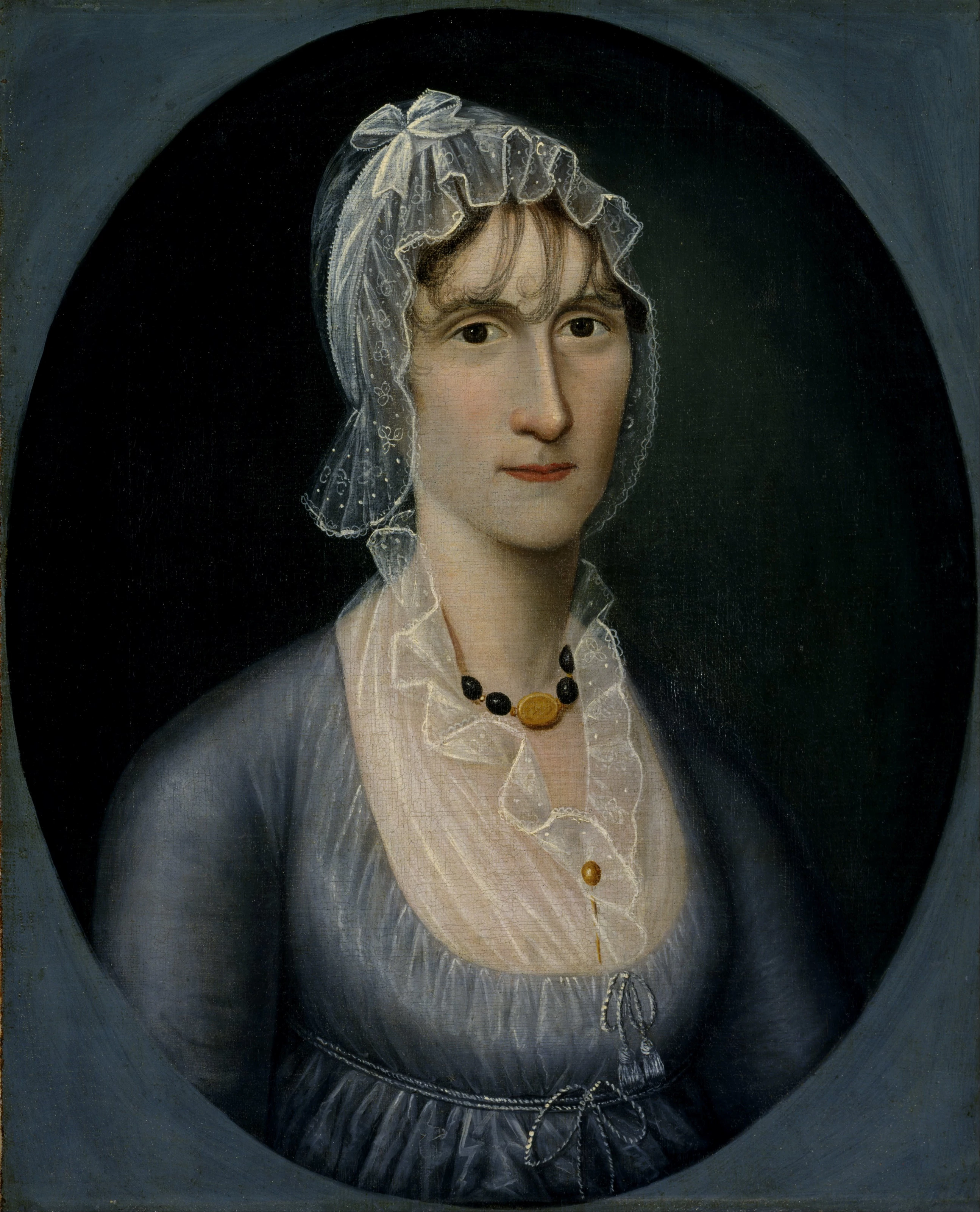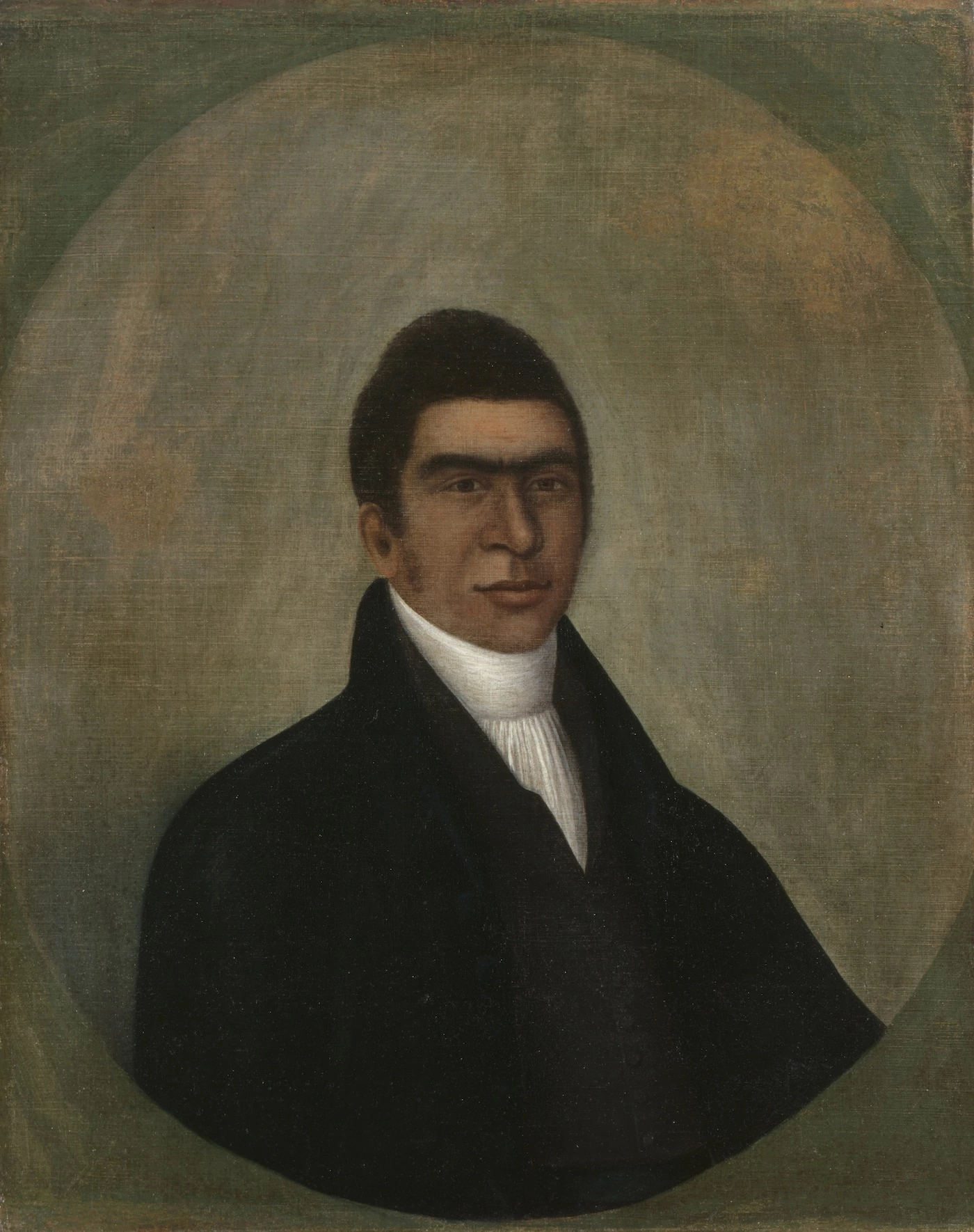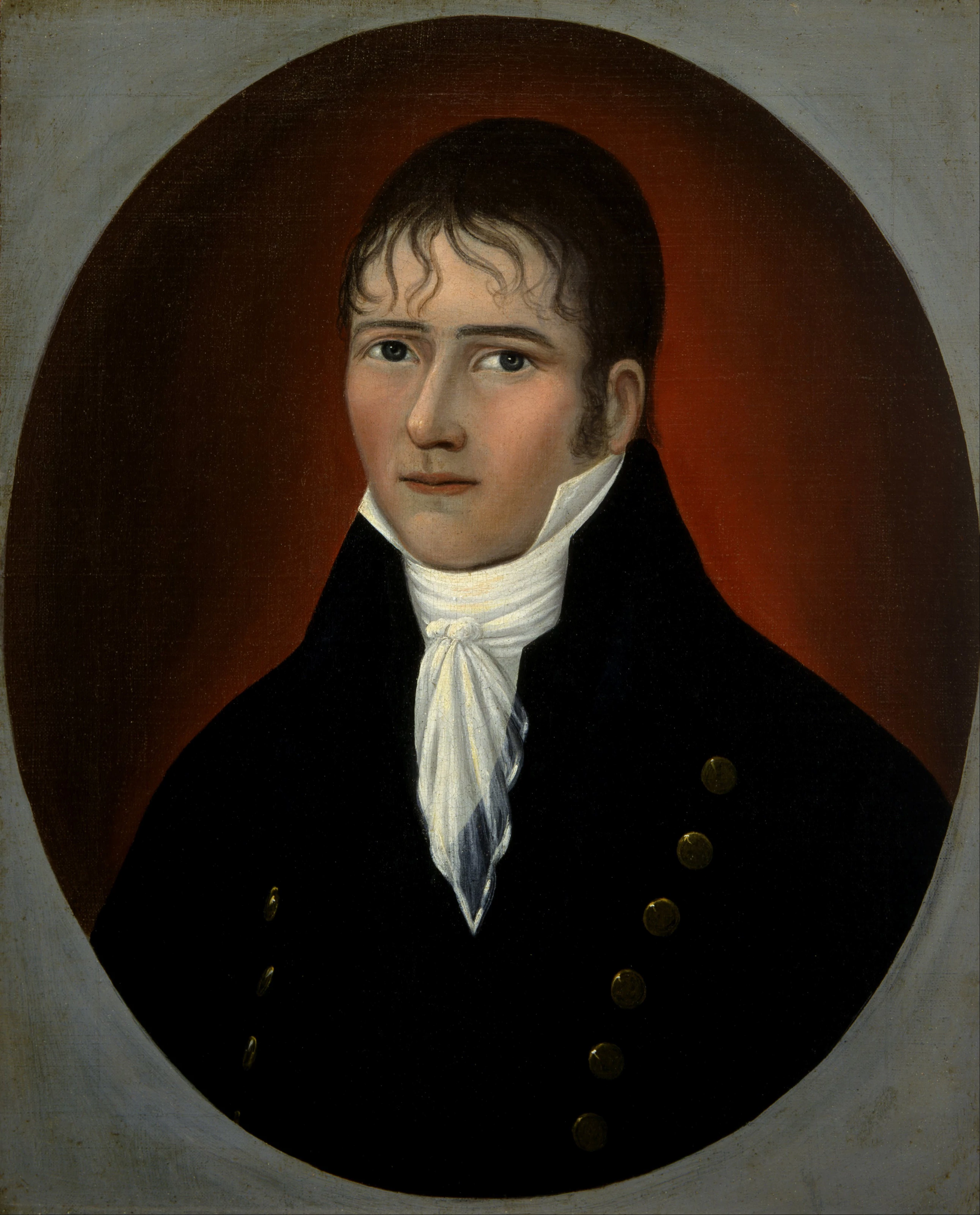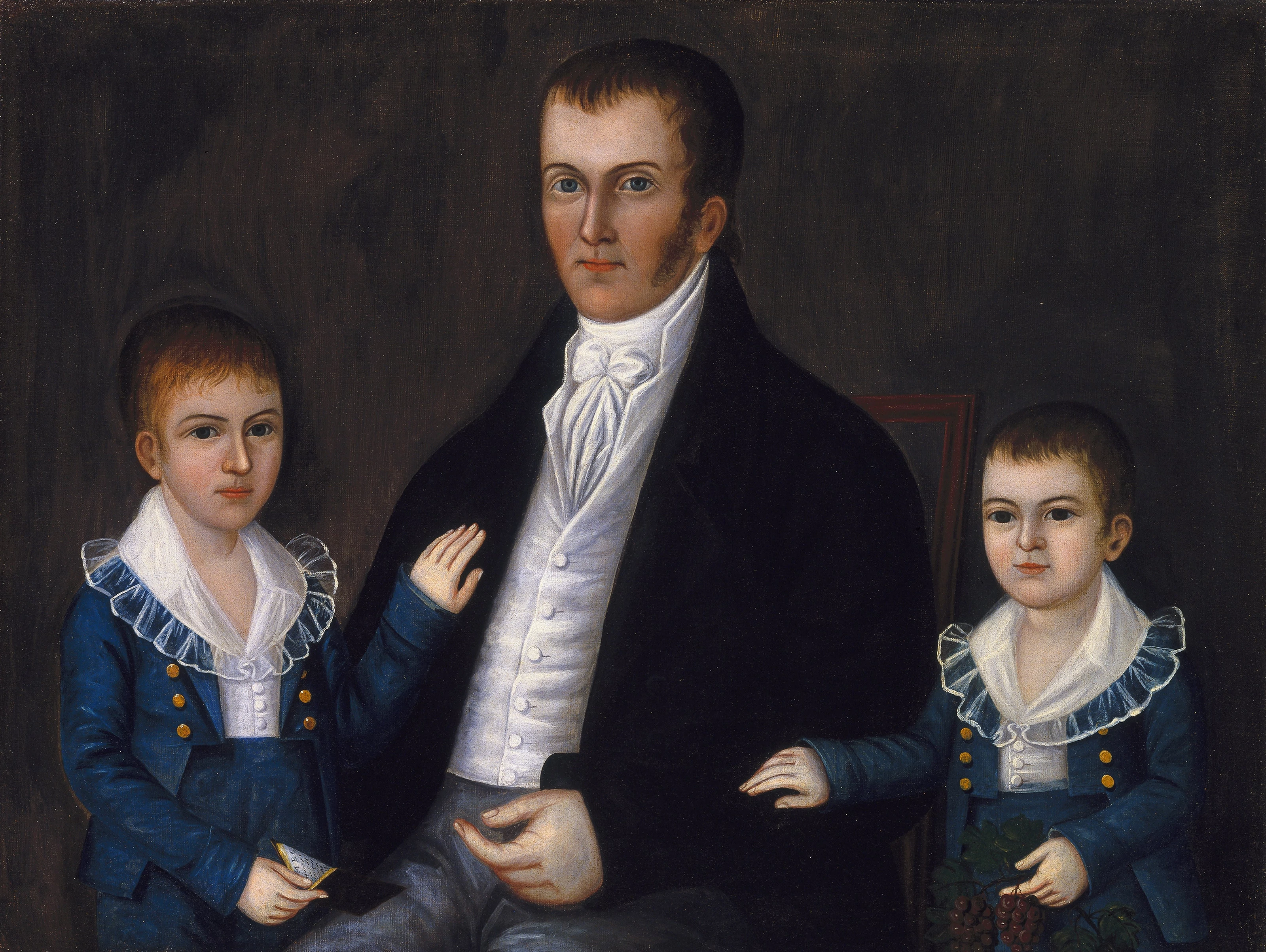Joshua Johnson
Who was Joshua Johnson?
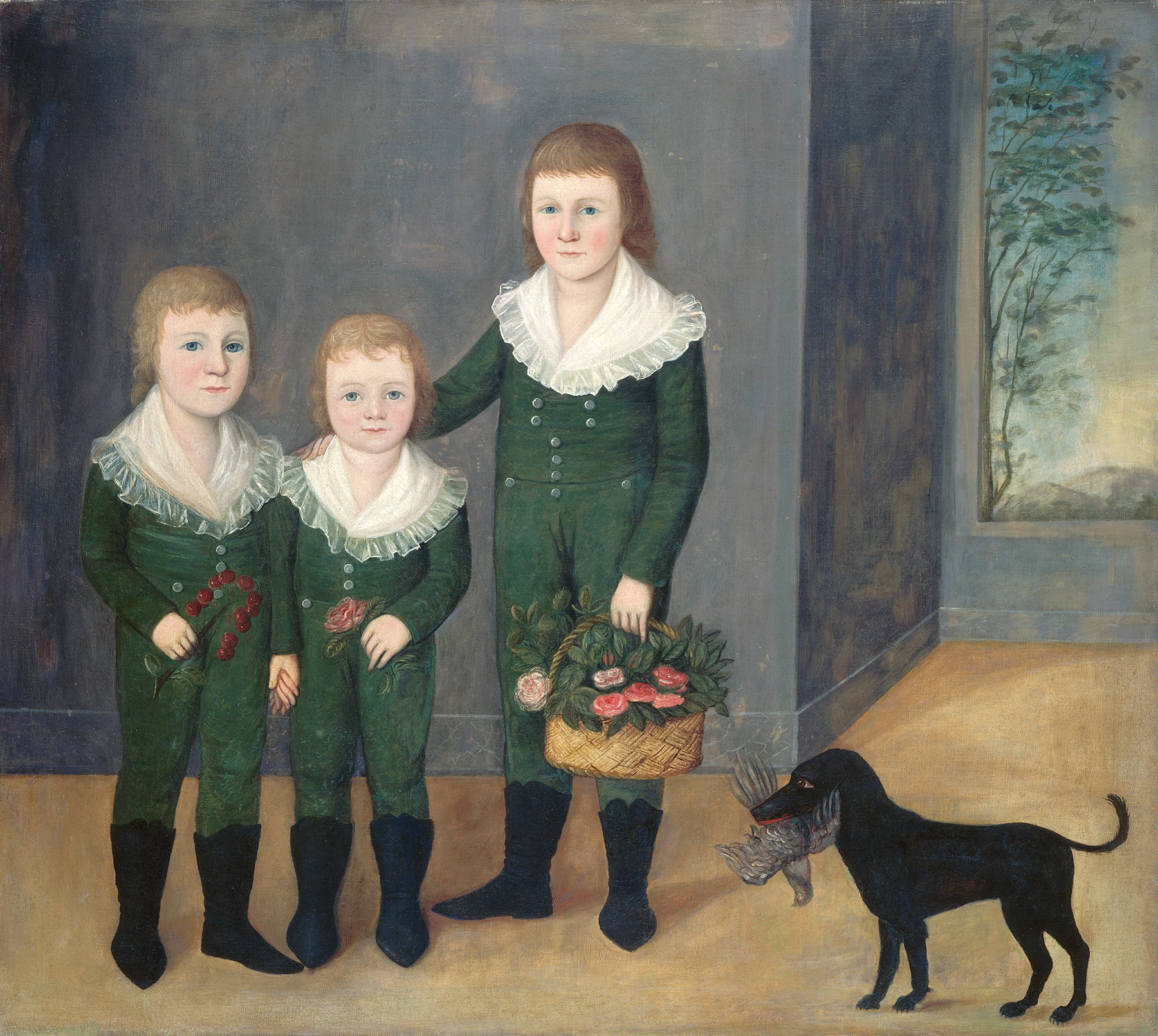

In the early 1800s an itinerant artist painted a series of moody, arresting portraits of the Maryland elite. For more than a century the artist of these naïve portraits was unknown, until in 1939 the historian J. Hall Pleasants attributed them to a mysterious man named Joshua Johnson. In 1996 concrete information about Johnson finally emerged, when the Maryland Historical Society’s Department of Manuscripts discovered local historical records including Joshua Johnson’s manumission record.
Joshua Johnson was the son of George Johnson, a white man, and a black slave woman who’s name was undocumented. George purchased his son from his mother’s owner for 25 pounds, and promised to free him on his 21st birthday or on the completion of an apprenticeship to a blacksmith. Joshua Johnson was freed in 1782, and was listed shortly after as a portrait painter in the Baltimore city directories.
We have no records of Johnson’s artistic training, and little knowledge of his life outside of his formal portraits and the calm, direct gaze of his sitters. Johnson appears a few more times in Maryland records, where we learn he married twice, and had four children. We don’t know where he died, or if he made any portraits outside of Baltimore, and the only words we have from the artist himself is from an advertisement Johnson posted in the Baltimore Intelligencer newspaper published on December 19, 1798. Johnson describes himself as a self-taught genius, who had “experienced many insuperable obstacles in the pursuit of his studies.”



